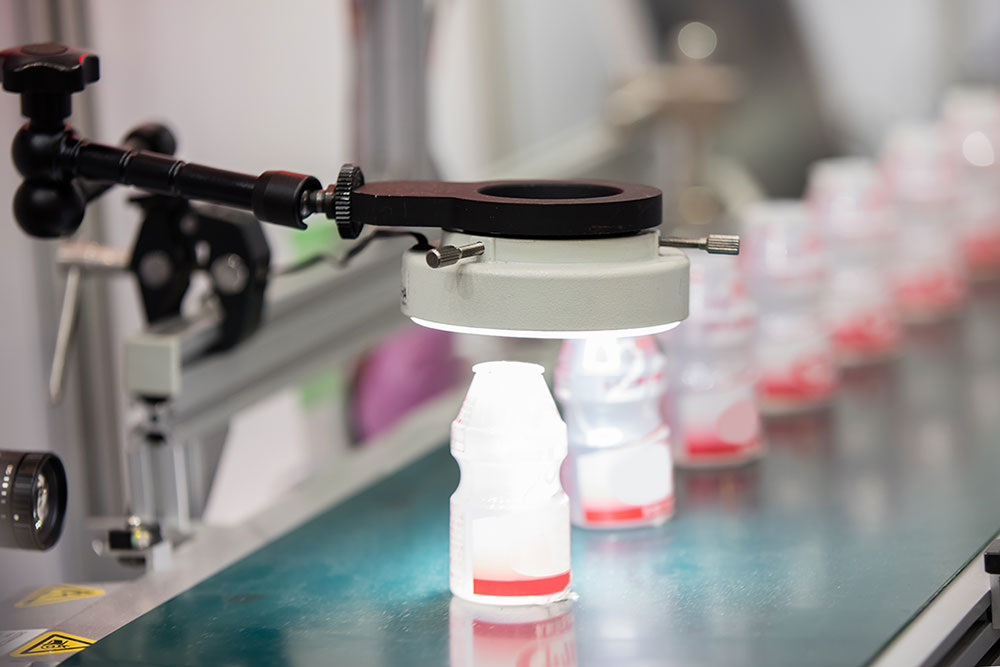How manufacturers can use AI and automation to meet demand amid the pandemic.
In the summer of 2020, when countries were slowly easing COVID-19 lockdown measures, workers started to go back to factories. But all of a sudden, a realization struck: the traditional, consolidated way of production was not going to accommodate the new, more stringent social distancing requirements of the pandemic. There would simply be too many people working in close quarters.
The time was ripe for a revolution, with the main goal of ensuring factory workers’ safety from infection, while maintaining the same levels of production output.
That said, social distancing was not the sole motivator fueling a radical shift of priorities in industrial manufacturing. In each phase of the pandemic, we have seen multiple challenges arise, from major disruption of the supply chain, to fluctuating demands, to the ability to maintain operations in the face of COVID-19 infections. Among these disruptions, social distancing and lockdowns specifically have limited the number of people on the factory floor, with employees, system integrators and customers struggling to get access to factories.
As more and more physical space grew between people, that void has been, in a sense, filled by technology, automation, and artificial intelligence (AI).

In the summer of 2020, Industry 4.0 initiatives were not at all new to manufacturers, but at that stressful time they took center stage, with greater urgency and more concrete objectives in mind. It was no longer a matter of “nice to have.” The Industrial Internet of Things (IIoT) was a “must have” as manufacturers needed tools and technology that could make their factories work, despite a reduced and scattered workforce. Technologies such as AI, extracting actionable insights from machines, cameras, and other sensors were deployed on the production floor to help keep production output up and running.
And since that summer, applications of AI in manufacturing have become more commonplace. Take for instance the manufacturing of various automotive parts – from brake calipers to drive shafts to interior upholstery. Often these parts are manually inspected on the production floor, which can lead to inconsistent results. What’s more, current conditions make it extremely difficult to staff a full production line. But this is not limited to the automotive industry. In food packaging, it is common for workers to only perform spot checks at the end of the line. By the time a product issue is identified – either errors in bar codes or irregularities in the case packing – it is too late, and the result is either wasted product or the need to rework, both of which are very costly.
But visual AI applications are not the only ones that benefit manufacturers. As IIoT becomes more commonplace – with dozens of inexpensive sensors gathering data, as well as basic diagnostics from equipment – manufacturers are now embedding human-level AI that can extract actionable insights from that data at the compute edge, enabling systems to continuously learn good vs. bad production cycles based on machine data as it varies across runs. The result? More resilient production, less downtime, and decreased reliance of human oversight to perform the day-to-day, mundane operations of “producing stuff.”
Despite the summer 2020 impetus, AI and automation adoption are nowhere near the level they need to be to enable production without heavy human supervision. We have entered 2021 with a renewed urgency for manufacturers, logistics companies, and other human-workforce-heavy industries to turn to AI to lessen the load/assist humans in their tasks – and do it fast, with ROIs being measured in months vs. years.
All of this to say, there is indeed more ‘empty space’ between workers in the 2021 factory. However, that space will be filled by technologies such as AI that will work alongside humans in tasks such as quality inspection and predictive maintenance, for a future factory that will be more ‘human’… thanks to AI.

About the Author
Dr. Massimiliano Versace is the CEO and co-founder of Neurala. With decades of experience and research in AI and deep learning techniques, Dr. Versace is now focused on making AI more applicable and useful in real-world applications, specifically in the manufacturing and industrial industry. Prior to co-founding Neurala, Dr. Versace co-founded the Boston University Neuromorphics Lab, and worked with government organizations such as DARPA and NASA to develop AI with the ability to learn in real-time, at the edge, and free of traditional constraints of computational hardware.
For more information, visit: https://www.neurala.com/
Scott Ellyson, CEO of East West Manufacturing, brings decades of global manufacturing and supply chain leadership to the conversation. In this episode, he shares practical insights on scaling operations, navigating complexity, and building resilient manufacturing networks in an increasingly connected world.